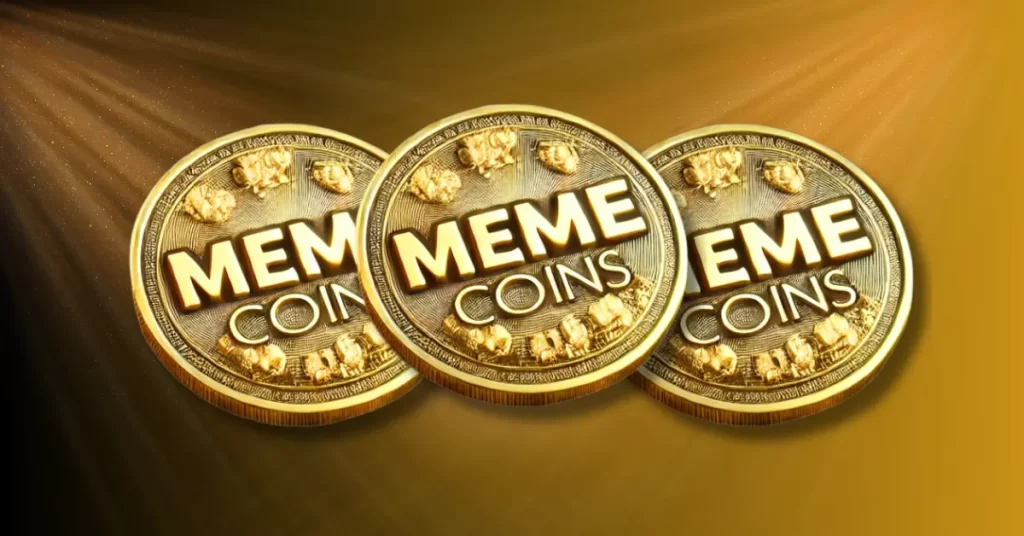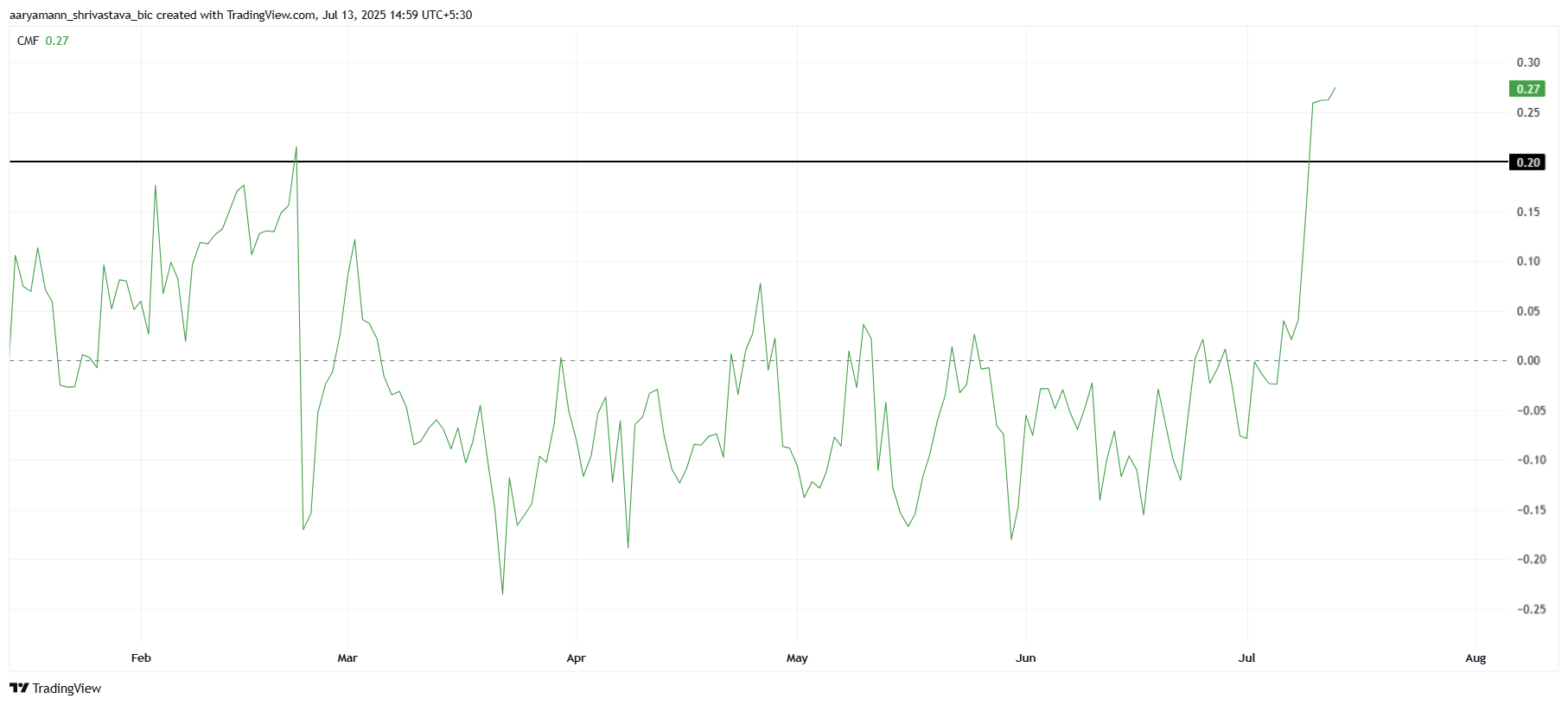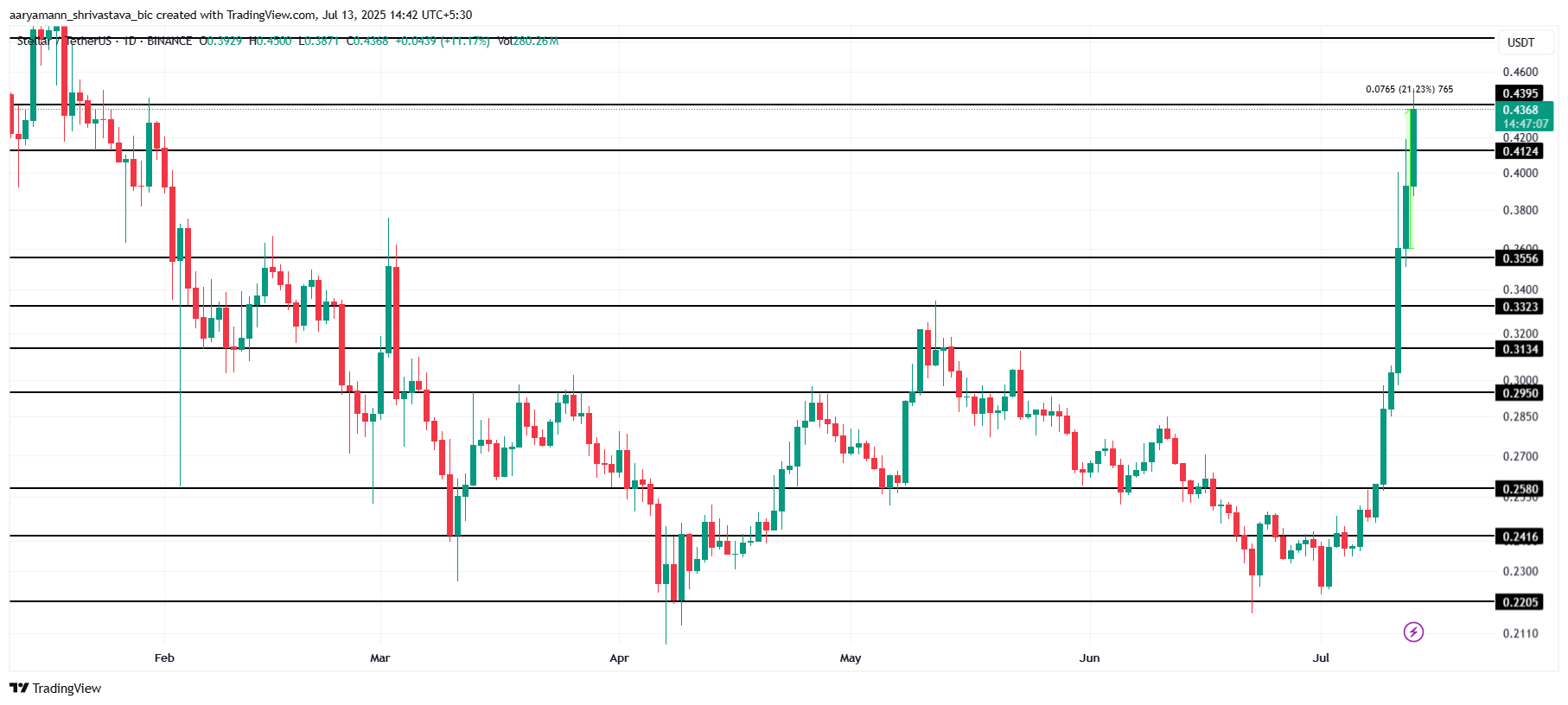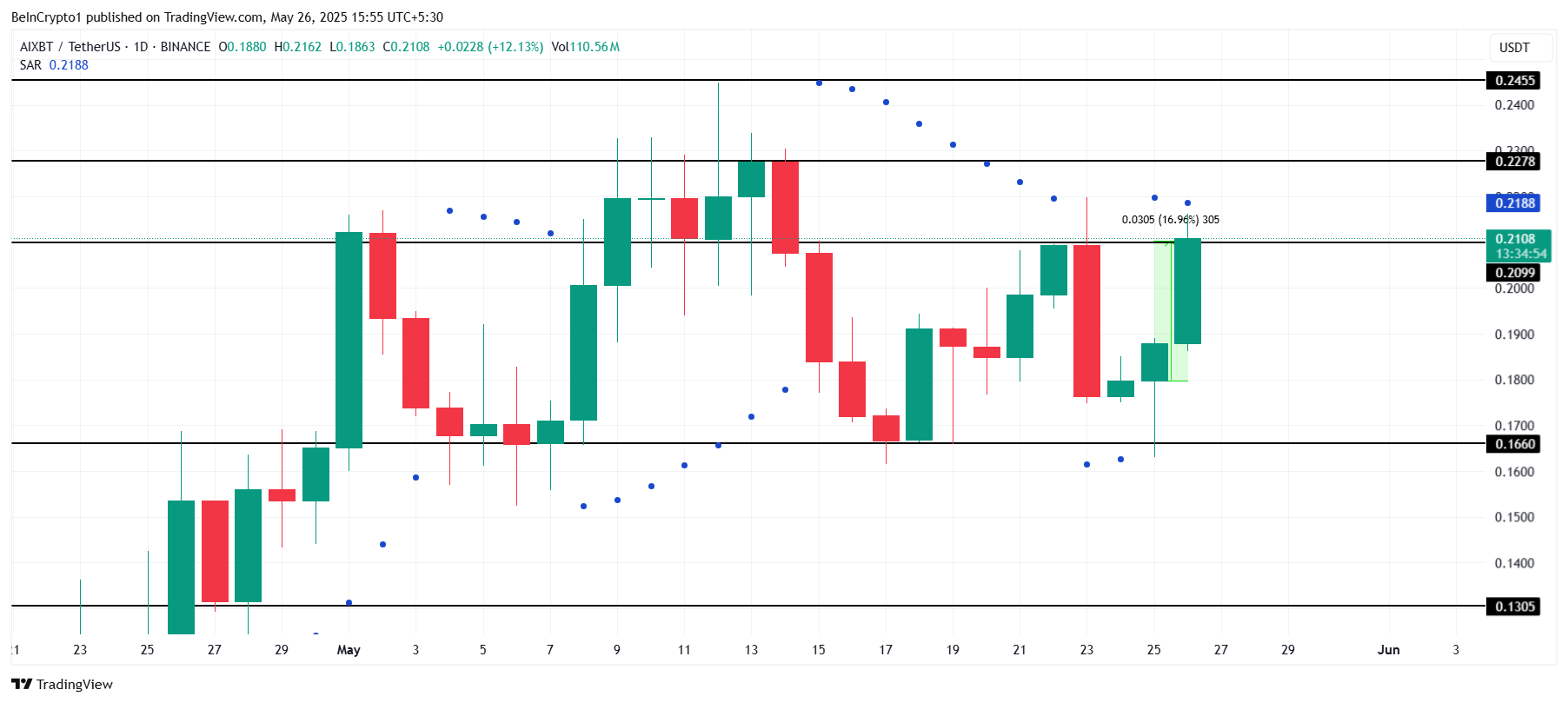
The post WIF, BONK & FLOKI Prices Attract Massive Gains—Has the Memecoin Mania Begun? appeared first on Coinpedia Fintech News
The memecoins have begun to rise as Bitcoin displays massive stability after the recent upswing. The bears failed to drag the levels lower, which suggests the markets could have probably risen despite the bearish influence. As a result, prices of dogwifhat (WIF), FLOKI & Bonk have managed to attract massive gains. Here’s why a memecoin mania appears to be imminent before a potential AltSeason.
dogwifhat (WIF) Price Aims for 80% Recovery
- The weekly chart of WIF price suggests the memecoin has begun with a recovery after undergoing a correction
- The price dropped below the neckline of the double-top pattern after facing a rejection, a couple of times from the ATH
- The RSI has triggered a bullish divergence, which suggests the price is in between a strong recovery
- However, the weekly Gaussian channel has turned bearish which raises concerns over the next price action
- Therefore, the WIF price is required to secure $0.8 before the weekend which may invalidate bearish trajectory and a potential push towards $1
FLOKI Price Could Reach $0.0001
- The FLOKI price has risen above the bearish captivity as the recent rise has helped the token to break the bearish pattern
- After breaking above the resistance of the descending parallel channel, the FLOKI price maintained a strong upswing and rose above the pivotal range at $0.00006858
- As the volume rises, the CMF also surged above 0 with a steep increase to 0.12, indicating a massive rise in the money flow
- However, the token is yet to validate a breakout that could happen once the price closes and begins the fresh day’s trade above $0.00007
- Once done, the FLOKI price is believed to squash a zero from its’ value and reach the pivotal range at around $0.00011.
Bonk Price at a Decisive Phase-May Trigger a 25% Rise
- The BONK price has reached the neckline of the double bottom pattern and is experiencing a notable pullback
- The RSI has maintained an incremental approach, which suggests the rising strength of the bulls
- On the other hand, the Ichimoku cloud has just turned bullish as the price has risen above the cloud, and hence the cloud could act as a strong support
- Hence, if the BONK price sustains within the range, a breakout could push the price towards the resistance just below $0.00002, which is weak, resulting in a pullback
- Therefore, the BONK price is believed to maintain a consolidated ascending trend and rise above the resistance to enter the range between $0.000025 and $0.000026












